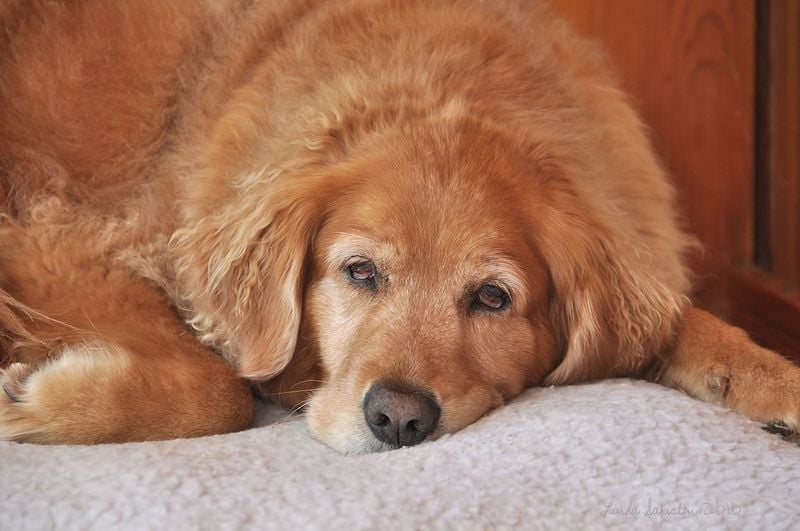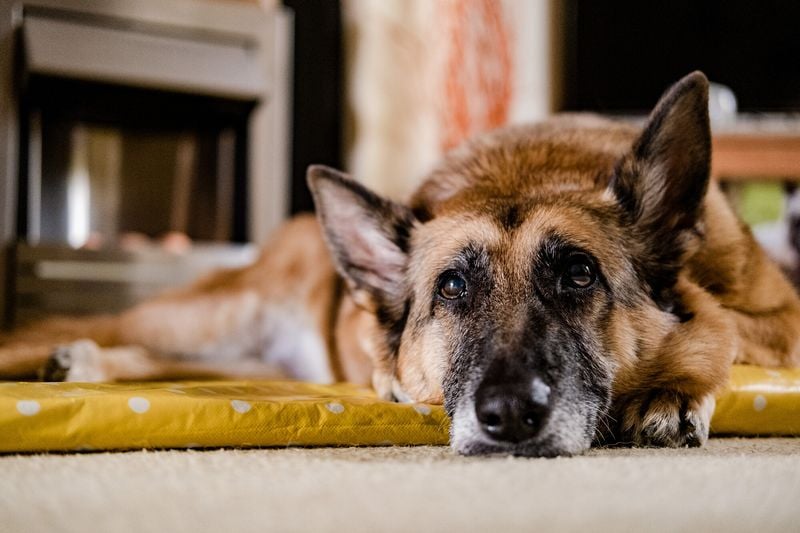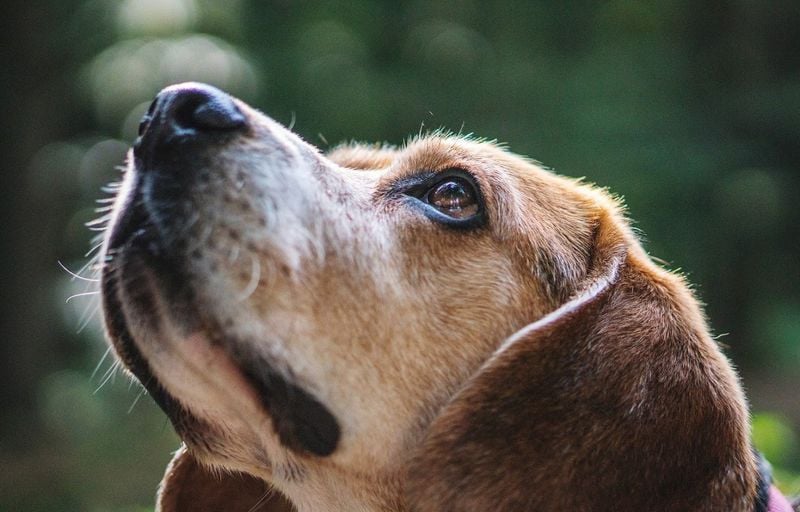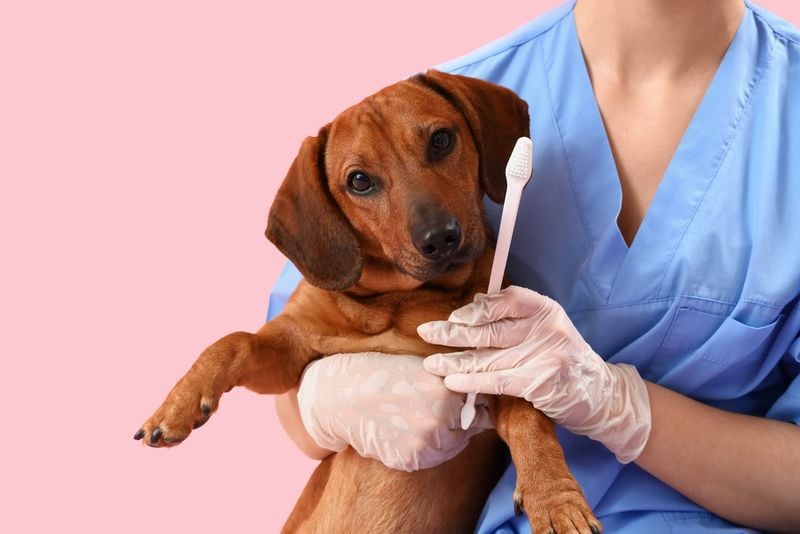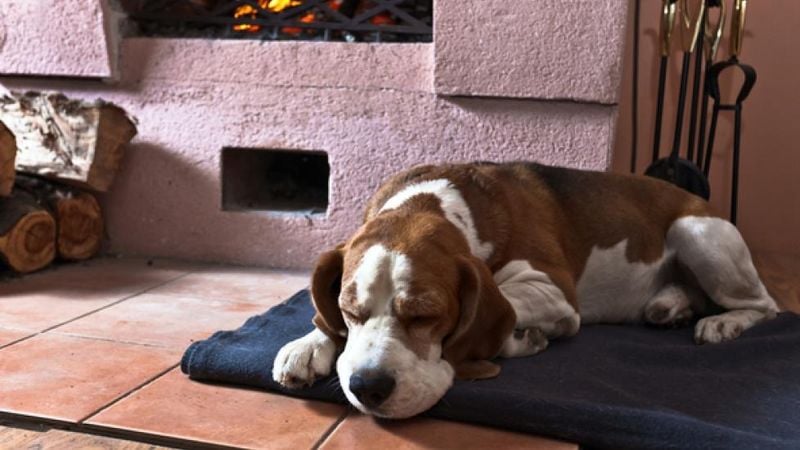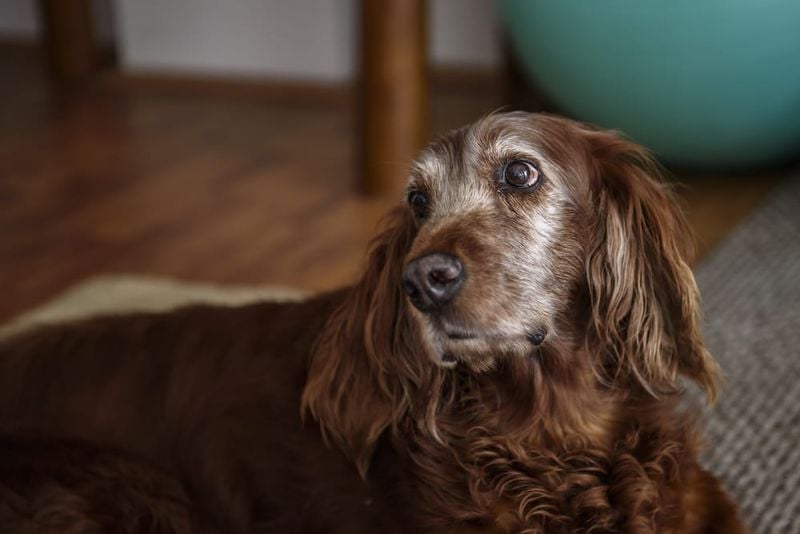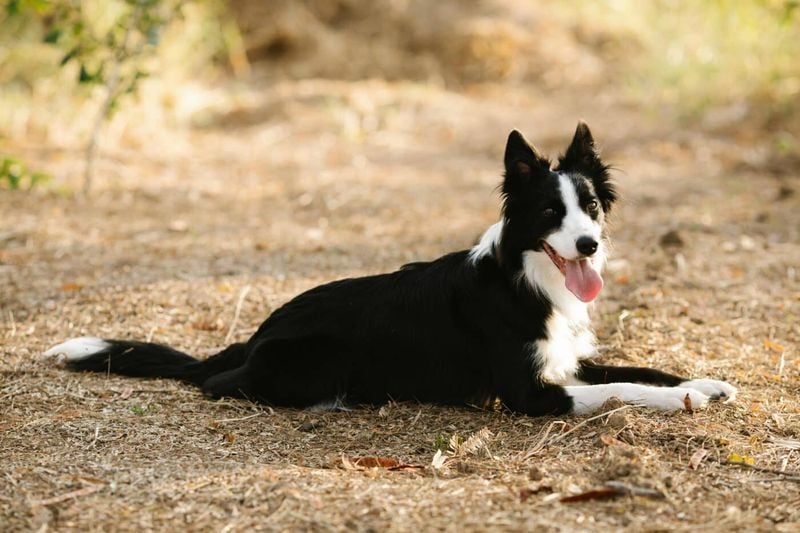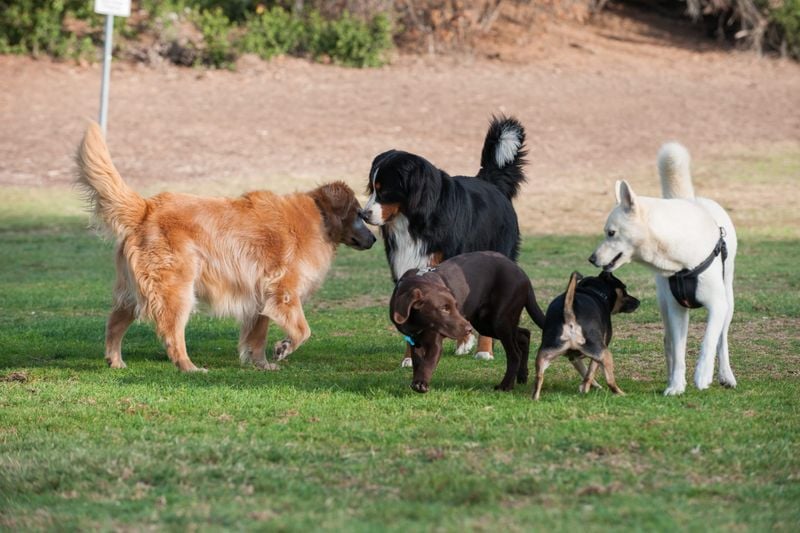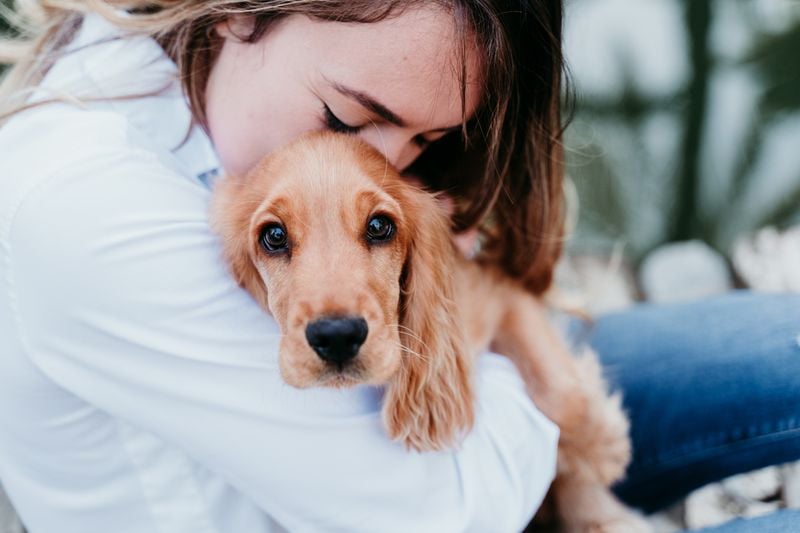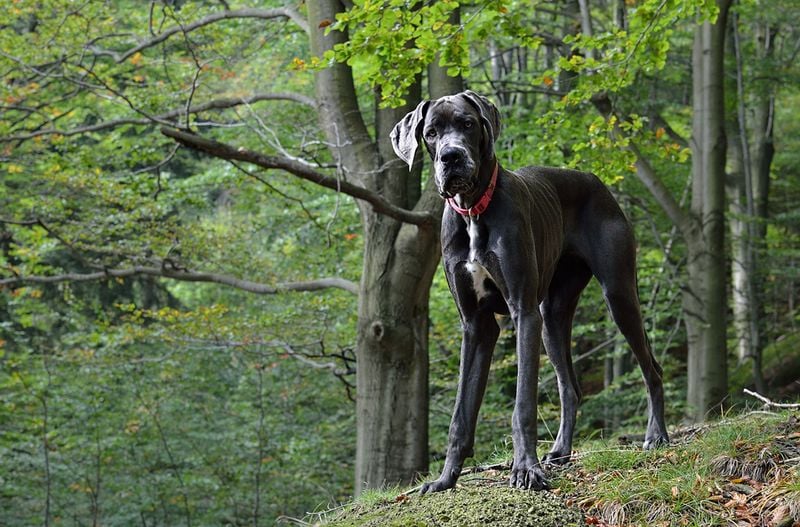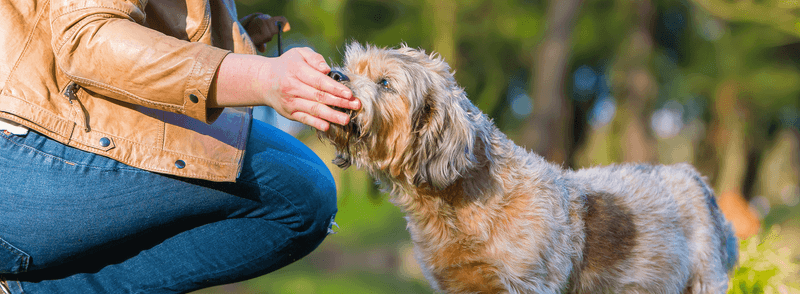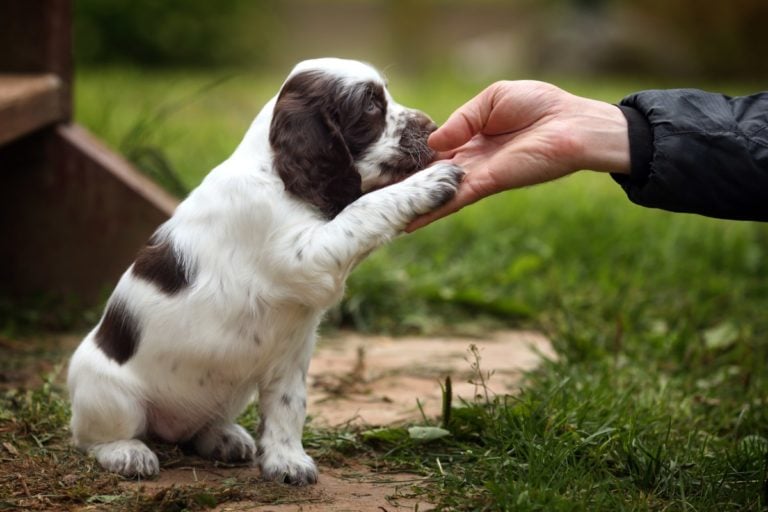30 Ways Dogs Adapt to Aging and Senior Life
Just like humans, dogs undergo significant changes as they grow older—and their needs evolve just as quickly. The sprightly pup that once zoomed around the yard may now prefer a cozy nap in the sun.
These shifts are natural, but they often catch pet parents off guard. Recognizing how your dog adapts to aging can make all the difference in keeping them happy, healthy, and comfortable in their senior years.
From physical changes like joint stiffness to emotional needs like extra reassurance, understanding your aging dog helps deepen your bond.
This guide walks you through the key ways dogs adjust to senior life—and how you can support them every step of the way. Growing old together can be a beautiful journey.
1. Slower Metabolism and Weight Gain
As our furry friends age, their metabolism takes a leisurely stroll, slowing down just like a vintage car on a Sunday drive. This change can lead to a bit of extra padding around their midsection, making weight management a priority for pet parents.
It’s essential to adjust their diet to balance their reduced activity level and metabolism. Keeping a watchful eye on their calorie intake and providing regular exercise can help maintain a healthy weight.
2. Decreased Energy and Mobility
Golden years may bring a golden retriever a bit more couch time. Older dogs often show decreased energy levels and mobility, preferring peaceful naps over endless fetch games.
Gentle walks and playtime keep their spirits high without overtaxing their joints. Tailoring activities to their new pace ensures they remain engaged and happy.
3. Joint Stiffness and Arthritis
With age, a dog’s joints might creak like an old wooden floor. Joint stiffness and arthritis can make once-energetic tails wag a bit slower, but they still wag with love.
Supporting joint health through supplements and maintaining a healthy weight can alleviate discomfort. Providing soft, supportive bedding helps ease those achy joints.
4. Declining Vision and Hearing
Aging can dim the sights and sounds of the world for our beloved pets. Declining vision and hearing may cause a faithful beagle to rely more on their keen sense of smell.
Keeping floor spaces clear and maintaining a familiar environment helps them navigate their world with confidence. Talk to them often, as the sound of your voice provides comfort.
Using hand signals can bridge the communication gap, ensuring they still feel connected.
5. Dental Issues and Chewing Difficulty
As dogs age, dental issues can become a nagging companion. Chewing may not come as naturally to a senior dachshund as it once did, leading to a preference for softer foods.
Regular dental checkups and good oral hygiene can prevent discomfort and keep those pearly whites healthy. Offering dental chews or toys can also help maintain oral health.
Providing softer food options ensures they enjoy their meals without strain.
6. Changes in Sleep Patterns
The rhythmic snores of an aging poodle might sound like a symphony of dreams. Changes in sleep patterns are common, with older dogs often snoozing more during the day.
Creating a calm, comfortable sleeping environment helps them get the restful sleep they need. Keeping a consistent bedtime routine can also promote better rest.
Understanding their new sleep habits allows for adjustments in daily activities.
7. Weakened Immune System
Aging can be a test for a dog’s immune system, making senior bulldogs more susceptible to infections. Regular vet visits and vaccinations are crucial to keeping them healthy and vibrant.
A balanced diet rich in antioxidants supports their immune health, while supplements might give them an extra boost.
Staying vigilant about their health ensures they enjoy their senior years with vitality.
8. Increased Anxiety or Confusion (Canine Cognitive Dysfunction)
Like a wise philosopher pondering life’s mysteries, senior dogs may experience increased anxiety or confusion due to Canine Cognitive Dysfunction. Familiar surroundings and routines provide comfort and security.
Engaging them with gentle puzzles or toys stimulates their minds and keeps them engaged. Patience and understanding go a long way in helping them navigate these changes.
Consulting with a vet can offer additional solutions tailored to their needs.
9. More Cautious or Fearful Behavior
A cautious chihuahua might approach new situations with a bit more hesitance than in its youth. Aging can lead to more cautious or fearful behavior as dogs become more aware of their limitations.
Offering reassurance through gentle petting and a soothing voice eases their apprehensions. Creating a safe, familiar space where they can retreat brings comfort.
Encouraging positive experiences helps rebuild their confidence.
10. Less Interest in Play and Exercise
Playtime might lose its allure for a senior border collie, whose youthful exuberance is now tempered by wisdom and tranquility. While they may show less interest in play and exercise, they still cherish time spent together.
Offering shorter, gentler play sessions keeps them engaged without exhausting them. Tailoring activities to their energy levels ensures they continue to enjoy life’s simple pleasures.
Understanding their changing needs fosters a special bond.
11. Changes in Socialization With Other Pets
Life in the company of other pets may shift for a senior basset hound. Changes in socialization can occur as aging dogs become more selective in their interactions.
Respecting their boundaries and providing gentle introductions to new pets fosters harmony. Observing body language helps gauge their comfort levels.
Creating a peaceful environment with separate resting areas ensures they feel secure.
12. Increased Clinginess or Need for Comfort
The warmth of companionship becomes a senior shih tzu’s greatest comfort, leading to increased clinginess. Aging dogs may seek more attention and reassurance from their human companions.
Offering extra cuddles and spending quality time strengthens the bond and provides emotional support. Creating a cozy space where they can be close to you brings them peace.
Understanding their needs for love and comfort is heartwarming.
13. Accidents in the House Due to Incontinence
Life with a senior dalmatian might include guiding them through accidents in the house due to incontinence. While it can be challenging, understanding and patience help manage the situation.
Frequent bathroom breaks and using pet-friendly pads can minimize incidents. Consulting with a vet can provide options like medications or lifestyle changes to improve bladder control.
Creating a supportive environment fosters their dignity and comfort.
14. Switching to Senior Dog Food
Aging might bring a shift to specialized senior dog food for a French bulldog to meet its changing nutritional needs. These diets often contain lower calories, higher fiber, and joint-supporting nutrients.
Switching gradually helps them adjust without digestive upset. Balancing taste and nutrition ensures they enjoy their meals with gusto.
Exploring different flavors keeps mealtime exciting.
15. Increased Need for Digestive Support
A pug’s hearty appetite might be met with a greater need for digestive support in its senior years. Sensitivity to certain foods can emerge, requiring adjustments to their diet.
Introducing prebiotics, probiotics, or specialized supplements aids digestion and enhances nutrient absorption. Monitoring their response to dietary changes ensures optimal comfort.
Regular vet checkups guide these adjustments.
16. Weight Management for Joint Health
As a senior boxer ages, maintaining an ideal weight becomes essential to support joint health. Excess weight can exacerbate joint issues, leading to discomfort.
Balanced nutrition and regular, gentle exercise contribute to weight management. Tailoring their diet to their activity level and consulting with a vet ensures their well-being.
Keeping them active within their limits promotes joint health.
17. More Frequent, Smaller Meals
The corgi of yesteryears, once content with a hearty meal, might find more frequent, smaller meals better suited for its senior days. This change helps manage digestive issues and maintains energy levels.
Dividing their daily intake into smaller portions aids digestion and prevents bloating. Customizing meal times to their new routine ensures they receive the necessary nutrition.
Monitoring their response to this change guides future dietary adjustments.
18. Supplements for Joints, Skin, and Cognition
A Great Dane’s graceful aging journey might include supplements for joints, skin, and cognition. These additions to their diet support overall health and vitality.
Glucosamine and chondroitin are popular for joint health, while omega fatty acids nourish the skin. Cognitive functions benefit from antioxidants and specialized nutrients.
Consulting a vet ensures the right supplements for their needs.
19. Soft Bedding and Easy-to-Reach Resting Spots
As time passes, a senior greyhound’s appreciation for comfort grows, making soft bedding and easy-to-reach resting spots a priority. These accommodations support their joints and provide restful sleep.
Elevated beds with orthopedic support offer relief from pressure points. Placing beds in accessible areas ensures they can rest without strain.
Creating a cozy space where they feel secure enhances their quality of life.
20. Ramps and Non-Slip Surfaces
Navigating the world becomes easier for a senior dachshund with the aid of ramps and non-slip surfaces. These simple modifications prevent accidents and support their mobility.
Providing ramps for stairs or sofas reduces strain on their joints, while non-slip mats offer stability on slippery floors. Ensuring their environment is safe encourages independence.
Making these adjustments demonstrates a commitment to their comfort and safety.
21. Shorter, Slower Walks
Golden Retrievers may find themselves strolling through the park at a more relaxed pace as they age. Shorter, slower walks cater to their reduced energy and ensure their enjoyment.
Offering frequent breaks allows them to sniff and explore their surroundings without exhaustion. Tailoring walks to their new rhythm keeps them engaged and healthy.
22. Regular Vet Checkups and Preventative Care
Aging gracefully often involves regular vet checkups for a senior Rottweiler. These appointments provide preventative care and early detection of potential issues.
Routine blood tests, vaccinations, and dental cleanings maintain their health and vitality. Building a strong relationship with the vet ensures personalized attention.
23. Dental Cleanings and Eye Exams
Dental cleanings and eye exams become essential for a senior Pomeranian. These routine procedures prevent oral discomfort and monitor vision changes.
Regular dental care supports overall health, while eye exams detect early signs of vision decline. Professional cleanings and at-home maintenance form a comprehensive care routine.
Ensuring these needs are met enhances their quality of life. Fun fact: Many dogs enjoy the attention and treats that come with these visits!
24. Mental Stimulation With Senior-Appropriate Toys
Aging brings a new appreciation for mental challenges in a senior Border Terrier. Providing mental stimulation through senior-appropriate toys keeps their minds sharp.
Interactive puzzles and treat-dispensing toys offer delightful engagement. Tailoring these activities to their abilities prevents frustration and promotes enjoyment.
25. Temperature Sensitivity and Extra Warmth in Winter
A senior Maltese might seek the coziness of extra warmth in winter, as temperature sensitivity increases with age. Providing blankets and cozy spots near heaters keeps them comfortable.
Dressing them in dog-friendly sweaters or coats ensures they stay warm during outdoor adventures. Monitoring indoor temperatures helps maintain their well-being.
26. Maintaining a Routine for Security
Consistency becomes a source of comfort for a senior schnauzer. Maintaining a routine provides security and eases anxiety in their day-to-day life.
Regular feeding, walking, and play times create a predictable schedule that they rely on. Ensuring stability helps them adjust to other changes in their environment.
27. Gentle Grooming and Massage
The pampered life of a senior Lhasa Apso includes gentle grooming and massage. These activities promote relaxation and strengthen the bond with their human companions.
Regular grooming prevents matting and keeps their coat healthy, while massages relieve tension and improve circulation. Offering gentle touch and attention enhances their well-being.
28. Respecting Their Slower Pace
With age, a senior bichon frise’s pace may slow, inviting a more leisurely approach to life. Respecting their slower pace on walks and daily activities honors their aging process.
Tailoring outings to their energy levels ensures they remain active without overexertion. Offering praise and encouragement along the way boosts their spirits.
29. Adjusting Training and Commands for Sensory Loss
As aging takes its toll, a senior West Highland Terrier might need adjustments in training and commands to accommodate sensory loss. Visual and auditory changes require creative communication strategies.
Incorporating hand signals and tactile cues bridges the gap left by diminished senses. Tailoring training sessions to their abilities ensures continued learning and engagement.
30. Celebrating the Golden Years With Extra Attention
Celebrating a senior Labrador Retriever’s golden years involves showering them with extra attention and affection. These moments become treasured memories in their twilight days.
Spending quality time and offering special treats or outings enhances their joy. Creating new memories and cherishing old ones solidifies the unique bond shared.


